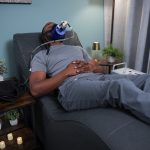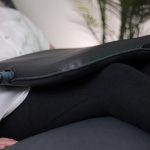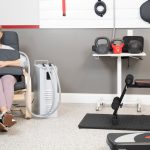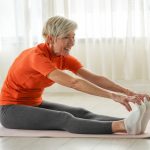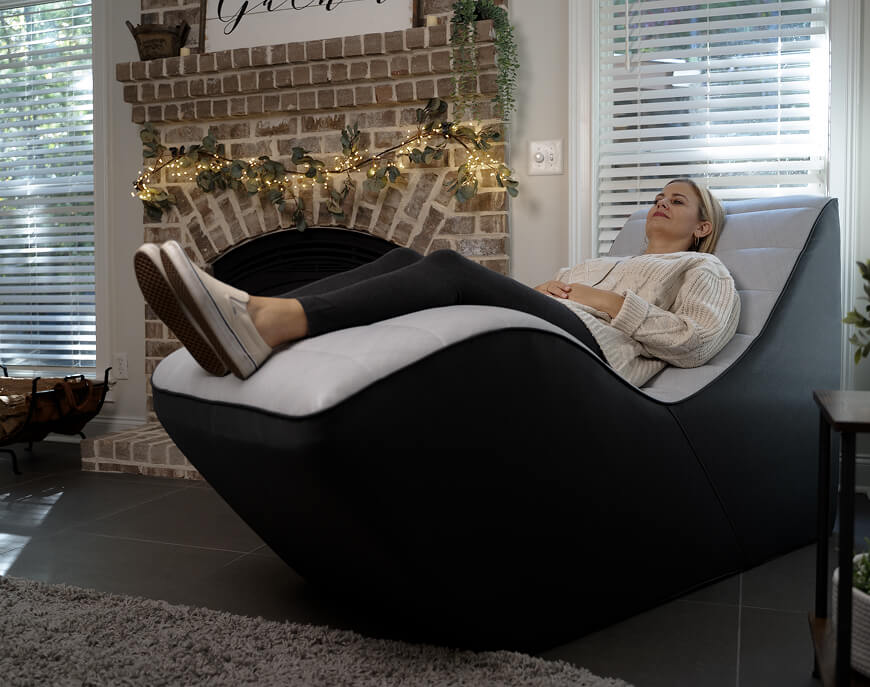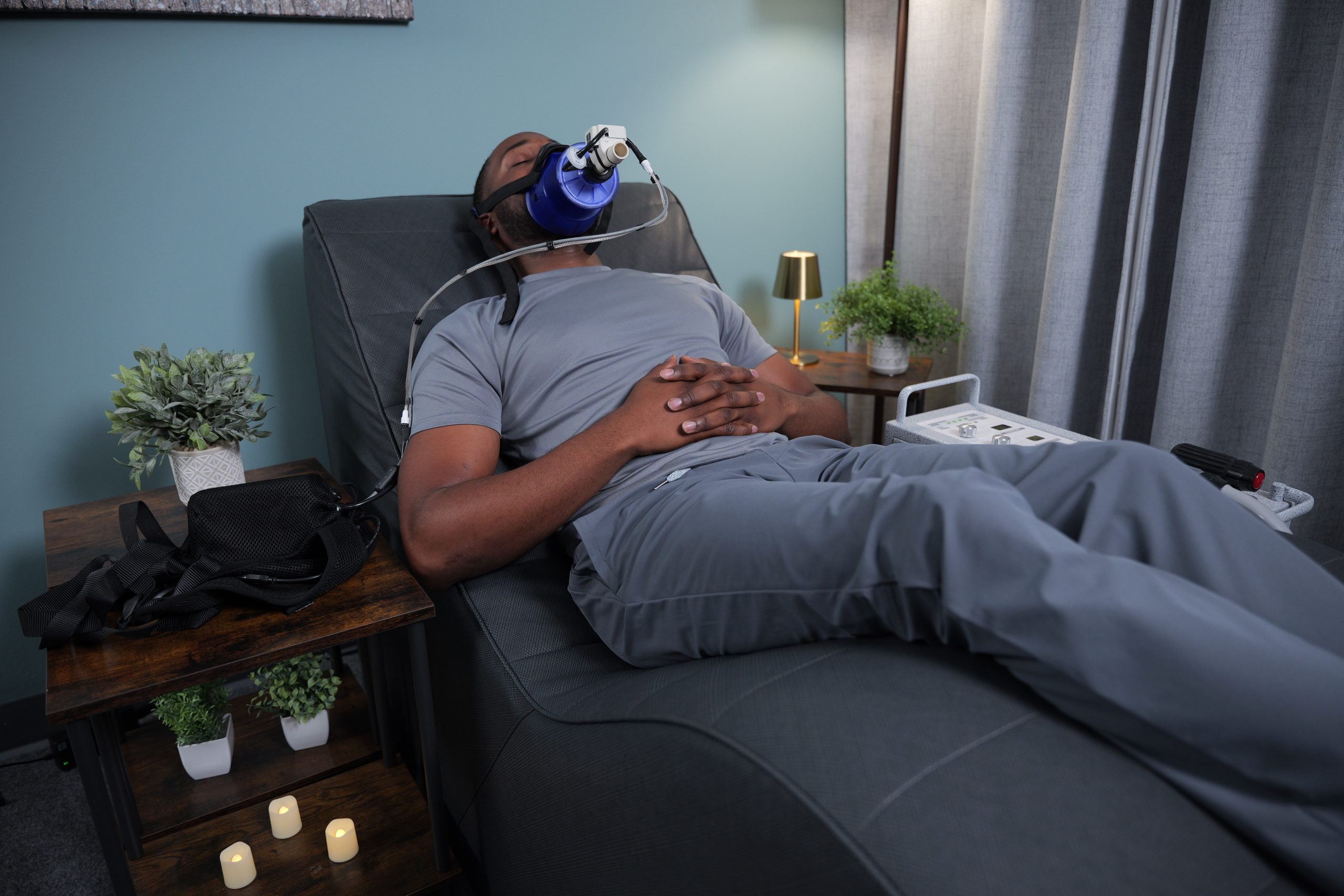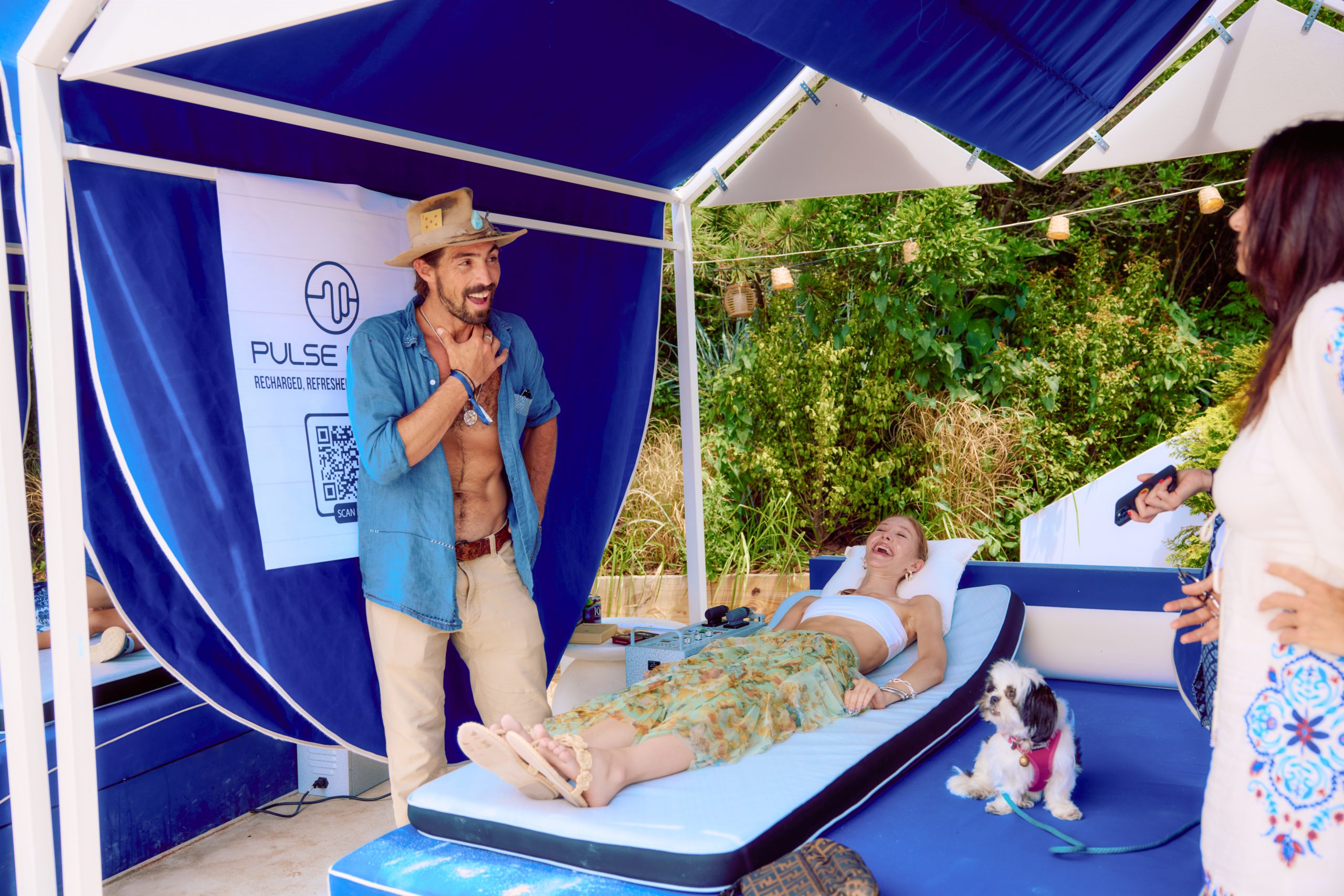Proprioception is the body’s ability to sense where it is in relation to the environment. The body uses three different means to accomplish this: visual senses, the inner ear (or vestibular system), and the feet.
Developing Proprioception With Bare Feet
Modern society spends most of its time wearing flat footwear and does not stimulate proprioception. Today’s footwear is often over-cushioned and over-designed, separating us from natural surfaces in our environment. The overprotectiveness of our shoes drastically inhibits nerve stimulation, further limiting our proprioceptive abilities.
Inadequate Proprioception Can Lead to a Fall
Tools to Increase Natural Proprioception
- Simulated spike or stone terrains can help develop communication between your feet and brain. While walking barefoot outside is the best way to naturally stimulate the nerves in the feet, simulated terrain mats are another great option. These mats can stimulate nerves while cooking, doing dishes, standing in the shower, or standing at your workstation.
- Proprioceptive insoles and minimal shoes are other ways to stimulate the nerves in your feet. Textured insoles, textured socks, or “natural” shoes (also called “barefoot shoes”) with a thin sole provide more sensory input for the feet and brain. However, some people may require time to get acclimated to the lack of ankle support with these options.
Exercises to Increase Proprioception
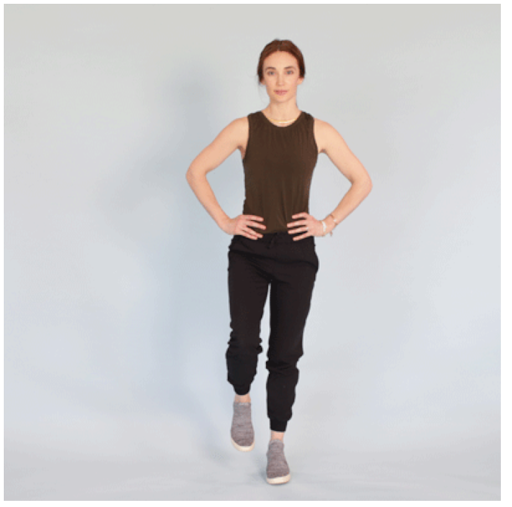
One-Leg Balance Test

Cone Pickups
With a training cone (or lightweight object) two feet in front of you, stand on one foot, placing your hands on your hips. Slowly, bend at the hips and reach forward to grab the cone, allowing your opposite leg to extend backward as your torso leans forward.
Lift yourself back up until you’re in the starting position. Then, repeat the movement to return the cone to its original starting point.
Switch the weight-bearing leg and complete the movement again. Repeat this 3–4 times.
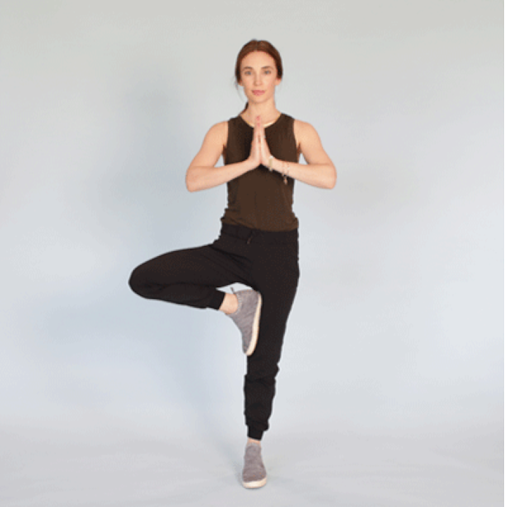
Tree Pose
Stand with your feet hip-width apart and your hands together in front of your chest. Shift your weight onto your left foot and lift your right foot off the ground.
Bend your right knee outward and place your right foot on your left inner thigh (in front of the weight-bearing leg). Place the raised foot on your left inner calf instead (behind the weight-bearing leg) for an easier variation.
Hold this position for 10–20 seconds – or however long you can. Switch sides, then repeat.

Flamingo stand
Stand with your feet hip-width apart and your hands on your hips. For more balance, stretch your arms out to your sides.
Shift your weight to your left foot and lift your right leg with a 90–degree bend at the knee.
Hold this for 10–20 seconds – or however long you can. Switch sides, then repeat.

Tightrope Walk
Tape a straight line about 3–6-feet (1–2-meters) long on the floor. Alternatively, use a long piece of string or rope.
Stand with your feet hip-width apart and your hands on your hips.
Place one foot on the line or beside the rope. Then, place your other foot directly in front of it as if you’re walking a tightrope.
Walk to the end of the line without stepping off to the side. Turn around and walk back. Repeat this 3–4 times.
Conclusion
Incorporating simple exercises that provide nerve stimuli for the feet may improve your balance and reduce the risk of injury and falls. With these simple, free options, you can begin strengthening your sense of spatial awareness right away! A brief time commitment each week can go a long way.
Balance exercise photos were sourced from HealthLine.com


